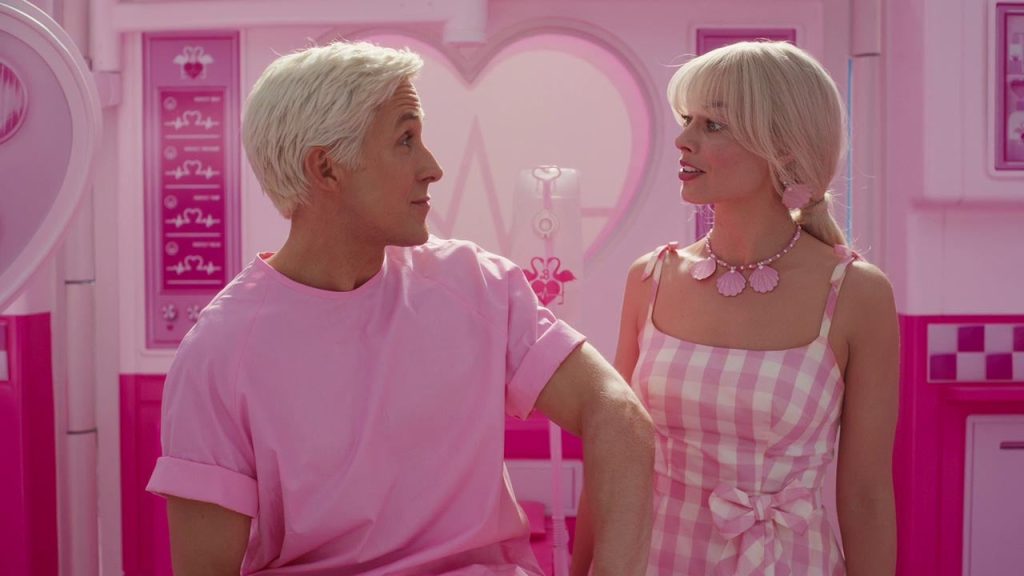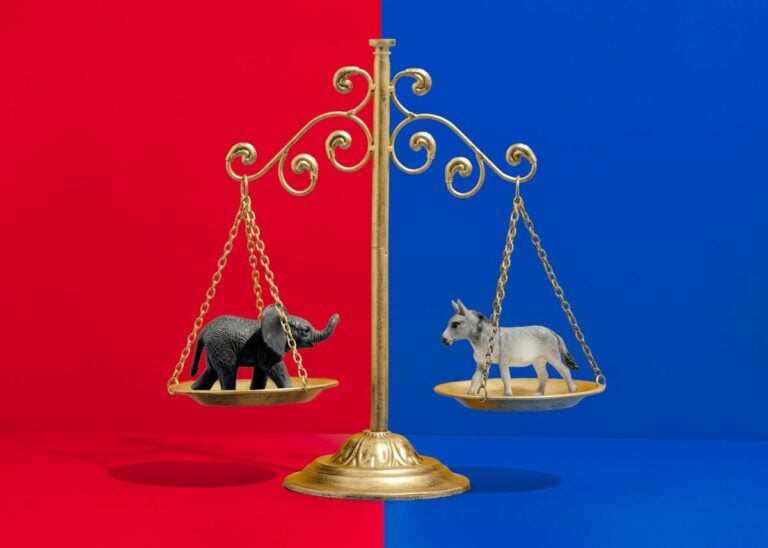Introduced to the world in 1959, Barbie emerged not only as an iconic doll but also as a cultural phenomenon that painted the canvas of childhood in a particularly vibrant shade of pink. Known as “Barbie Pink,” this unique hue has since become synonymous with the brand, pervading everything from Barbie’s extensive wardrobe to her equally impressive fleet of cars, houses, and other playsets. Over the years, this pink has become more than just a simple choice of color—it’s a symbol of Barbie’s persona, indicative of her femininity, fashion-forward character, and endless zest for life.
However, despite its widespread recognition and popularity, Barbie’s association with pink has sparked considerable debate, stirring up issues surrounding gender stereotypes, color preferences, and the representation of femininity in popular culture. This article delves into the nuances of Barbie Pink, exploring its symbolism and the controversies it has ignited while shedding light on how Mattel, the maker of Barbie, has responded to these debates.
Barbie Pink, HEX, and Pantone Codes
Pantone, a renowned authority on color, has assigned the Barbie Pink color a specific number – PMS 219C. The color’s hex code, a hexadecimal number used in web design and graphic design to specify colors, is #E0218A. Barbie Pink is vivid, warm, and unmistakably playful. It has a youthful, feminine appeal that aligns well with Barbie’s image as a fashion-forward, dynamic character.

Exploring the Symbolism of Barbie’s Pink
Pink, a color often perceived as soft and nurturing, holds a special significance in the Barbie universe. But it’s not just any pink—it’s the distinct Barbie Pink that has become an integral part of Barbie’s image, fashion, and overall persona. The symbolism of this particular hue goes beyond mere aesthetics; it carries a potent narrative about Barbie’s femininity, her iconic status in the world of fashion, and her ceaseless dynamism.
Barbie Pink is undeniably a representation of femininity. The color pink has traditional associations with traits such as kindness, nurturing, softness, and love, and these qualities align well with Barbie’s character as a kind and caring friend.
Moreover, Barbie Pink connotes fashion. The vibrant hue is impossible to overlook, instantly capturing attention just as any fashion-forward outfit should. This facet aligns perfectly with Barbie’s status as a fashion icon, a figure who is forever setting trends and pushing boundaries in her choice of attire.
But perhaps the most vital aspect of Barbie Pink is its representation of vibrancy and energy. The intensity of the color reflects the dynamism of Barbie’s ever-evolving roles. From an astronaut to a president, Barbie has donned a multitude of hats, constantly breaking the glass ceiling. Barbie Pink symbolizes this limitless potential, sending the message that Barbie—and by extension, any girl—can be anything she wants to be.
As we take a step back and look at the bigger picture, it’s clear that Barbie Pink is more than just a color. It encapsulates the essence of the Barbie brand, intertwining femininity, fashion, and ambition into a single, resonant symbol. Whether viewed through the lens of a child playing with her first Barbie doll or analyzed from a broader sociocultural perspective, the symbolism of Barbie Pink offers a glimpse into Barbie’s enduring appeal and influence.

The Pink Paradox: Controversies Surrounding Barbie’s Pink
While Barbie’s association with the vibrant hue of pink has undeniably contributed to the brand’s recognition and popularity, it has also stirred significant debates. As with any cultural icon, Barbie has been scrutinized under the public lens, raising several issues that bring into question the potential implications of her synonymous association with pink.
The first and perhaps most prominent controversy is related to gender stereotyping. Critics argue that the extensive use of pink, a color traditionally associated with girls, can unintentionally perpetuate gender stereotypes. By dressing Barbie predominantly in pink, there’s a concern that Mattel may be indirectly suggesting that pink—and thus the activities and play styles associated with Barbie—are exclusively for girls.
The second argument points towards a limited color palette. Detractors argue that an overemphasis on pink could discourage children from exploring and appreciating a broader spectrum of colors. A more varied color palette, they suggest, could encourage a more inclusive and diverse perception of the world.
Lastly, the iconic pink outfits that Barbie often sports have sparked debates around the overemphasis on physical appearance. Critics claim that Barbie’s high-fashion persona, often seen dressed in fashionable pink attire, may inadvertently promote unrealistic beauty standards, stressing the importance of appearance over other values such as intellect, skills, or personality.
Unraveling these controversies, it becomes clear that while Barbie Pink may be visually appealing, it is also a color steeped in societal debates and implications. In the eyes of some, the iconic hue is more than a mere brand aesthetic; it is a symbol of deeper issues rooted in gender, diversity, and societal norms. Despite the love for Barbie’s iconic pink, these discussions highlight the importance of critical engagement with even the most seemingly innocuous elements of popular culture.

Confronting Controversies: Mattel’s Response and Evolution of the Barbie Brand
Barbie’s association with pink, while iconic, has indeed been a topic of controversy. However, it is crucial to understand how Mattel, the company behind Barbie, has acknowledged these criticisms and taken significant steps towards the evolution and diversification of the Barbie brand. These efforts reflect Mattel’s commitment to adapt and respond to changing societal perceptions and values.
One of the major strides Mattel has made towards inclusivity and diversity is in the representation of dolls. The company has broken away from Barbie’s originally uniform body type and blonde hair, introducing dolls with a variety of body types, skin tones, hair types, and professions. This move represents a significant step towards celebrating diversity and challenging traditional stereotypes.
In terms of color palette, Mattel has gradually reduced the overemphasis on pink in Barbie’s world. While Barbie Pink continues to be a signature color, modern Barbie dolls and playsets now incorporate a wider variety of colors, patterns, and styles. This change aligns with the growing recognition of the importance of diversity and inclusivity.
Mattel has also launched empowerment campaigns, such as the “You Can Be Anything” campaign, in a direct effort to counteract criticisms and promote a more holistic view of potential and achievement. These campaigns aim to empower girls to aspire to a wide range of careers, reinforcing the idea that their potential is not limited by societal stereotypes.
Conclusion: Barbie Pink and Beyond
In conclusion, Barbie Pink is undeniably more than just a color. It is a potent symbol of the Barbie brand, representing the confluence of femininity, fashion, and vibrancy that Barbie has been synonymous with for decades. Yet, as controversies have surfaced, it has also become a symbol of larger societal discussions around gender, representation, and the nature of childhood play.
Despite these challenges, Barbie Pink remains an iconic part of Barbie’s identity, a testament to her enduring appeal. However, as Mattel’s response indicates, the Barbie brand continues to evolve and adapt in line with societal changes. In doing so, it is clear that the story of Barbie—and Barbie Pink—is far from over. As we look forward, we can anticipate a brand that strives to celebrate diversity, inclusivity, and empowerment, all the while holding onto the vibrant energy that Barbie Pink encapsulates.







